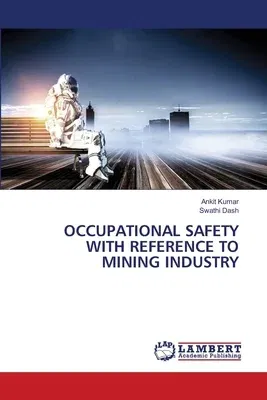Ankit Kumar
(Author)Occupational Safety with Reference to Mining IndustryPaperback, 9 June 2020

Qty
1
Turbo
Ships in 2 - 3 days
In Stock
Free Delivery
Cash on Delivery
15 Days
Free Returns
Secure Checkout
Print Length
52 pages
Language
English
Publisher
LAP Lambert Academic Publishing
Date Published
9 Jun 2020
ISBN-10
6200275416
ISBN-13
9786200275417
Description
Product Details
Authors:
Book Format:
Paperback
Country of Origin:
US
Date Published:
9 June 2020
Dimensions:
22.86 x
15.24 x
0.3 cm
ISBN-10:
6200275416
ISBN-13:
9786200275417
Language:
English
Pages:
52
Publisher:
Weight:
90.72 gm

